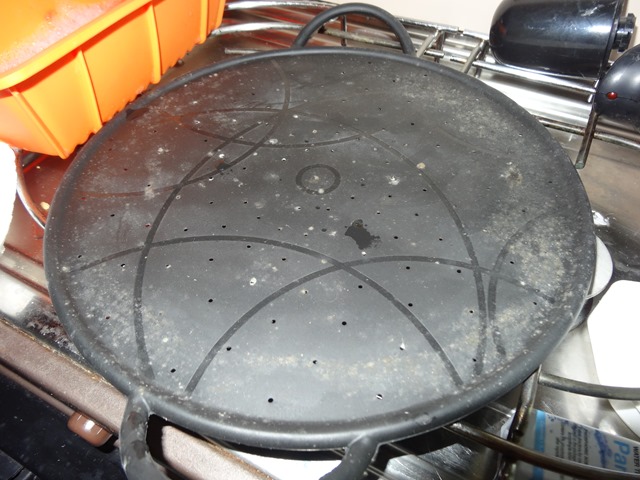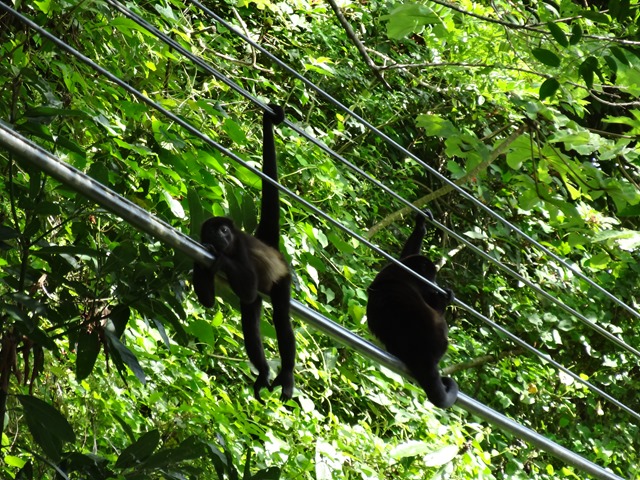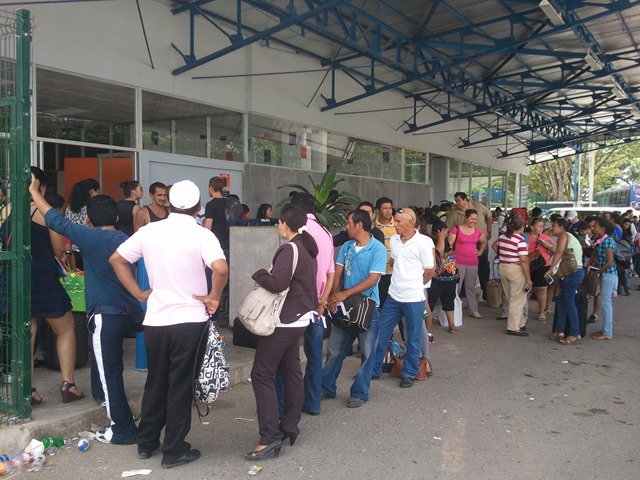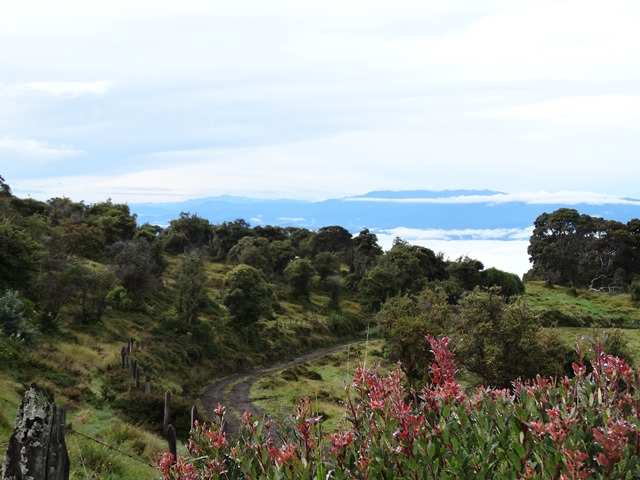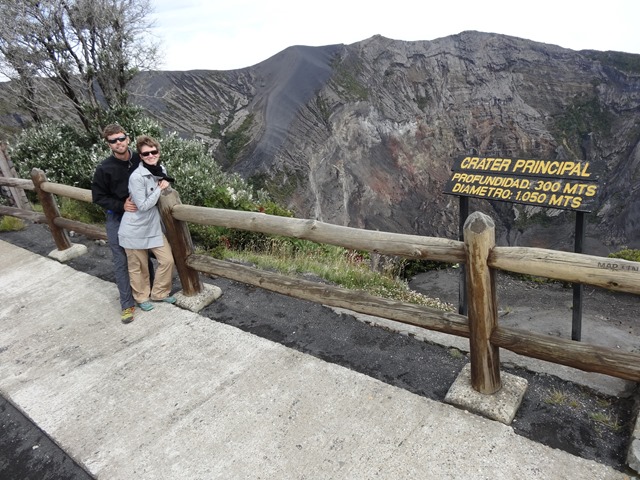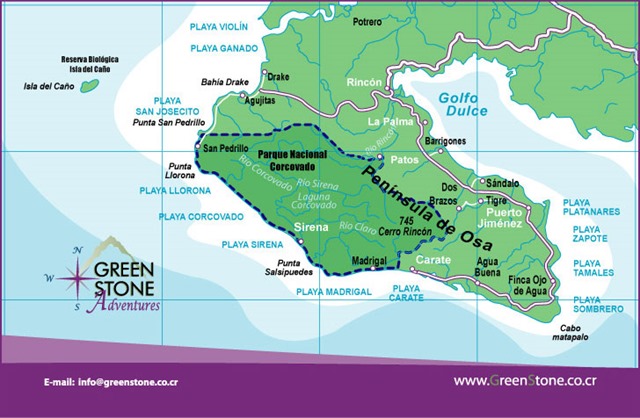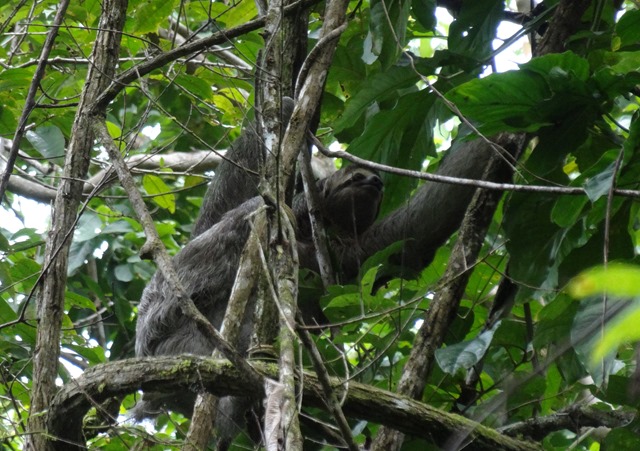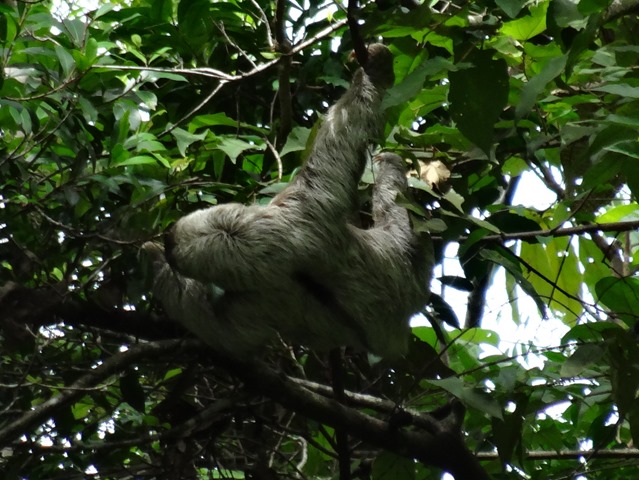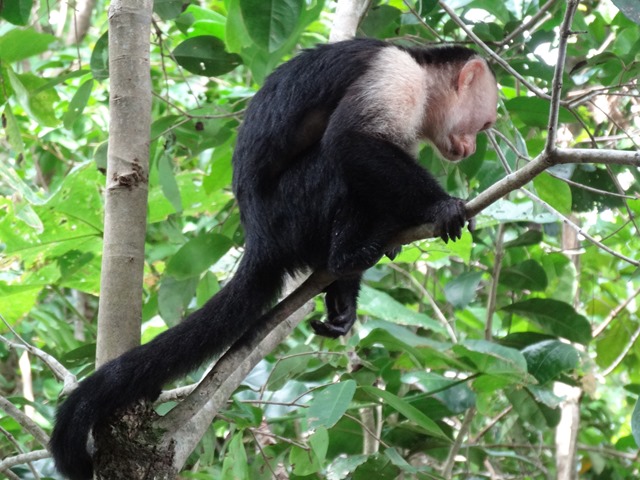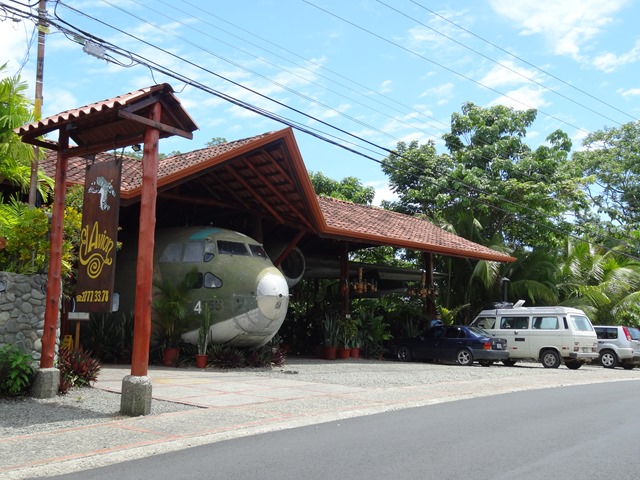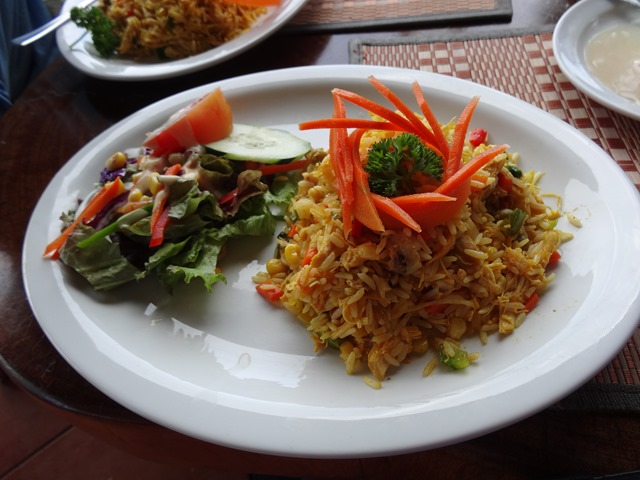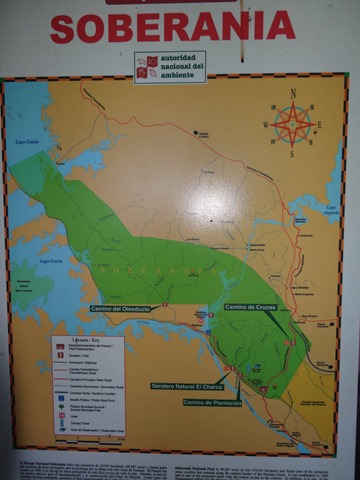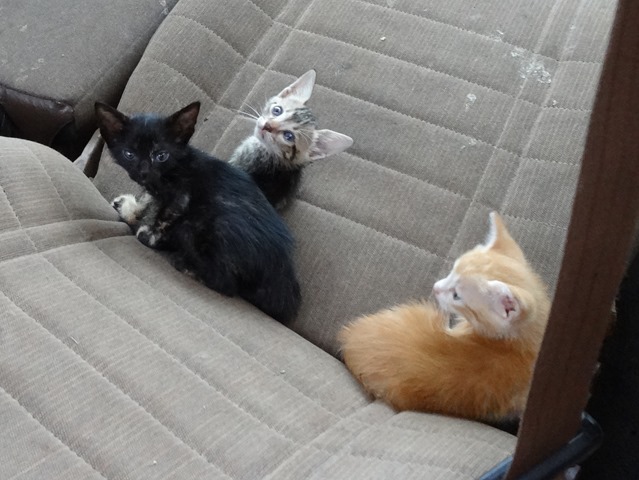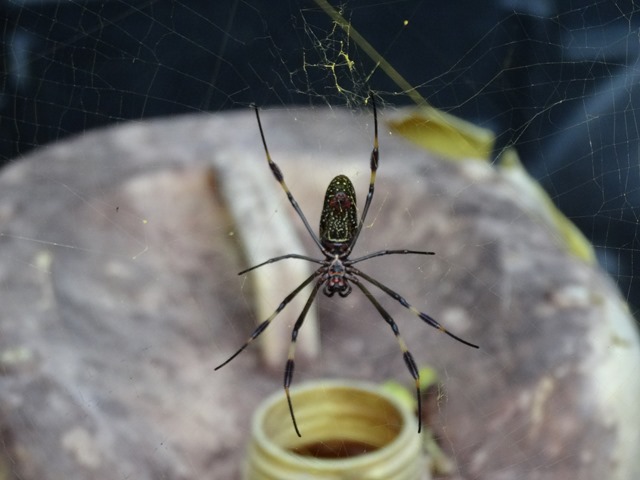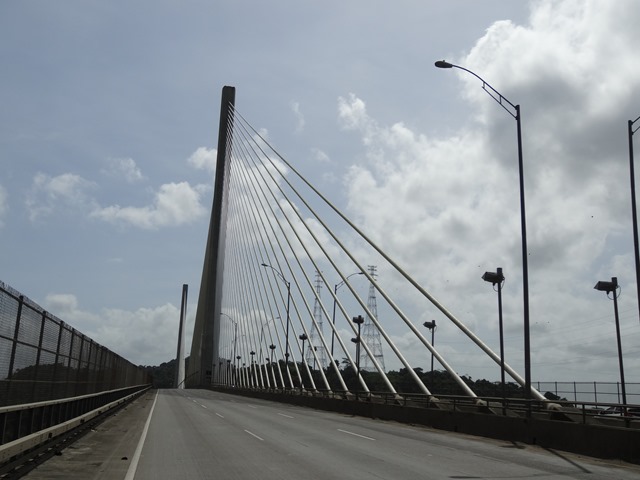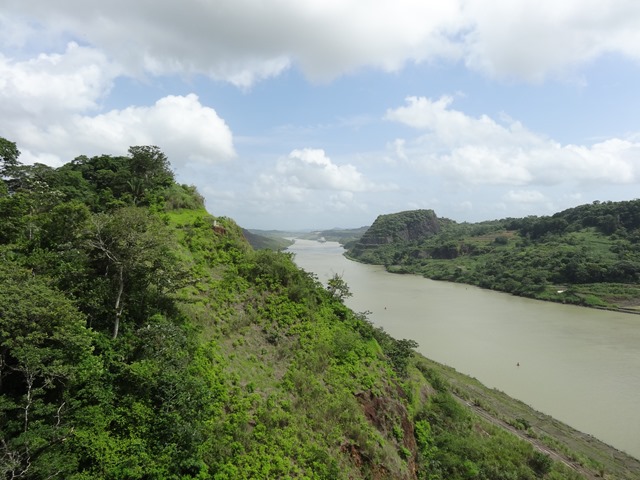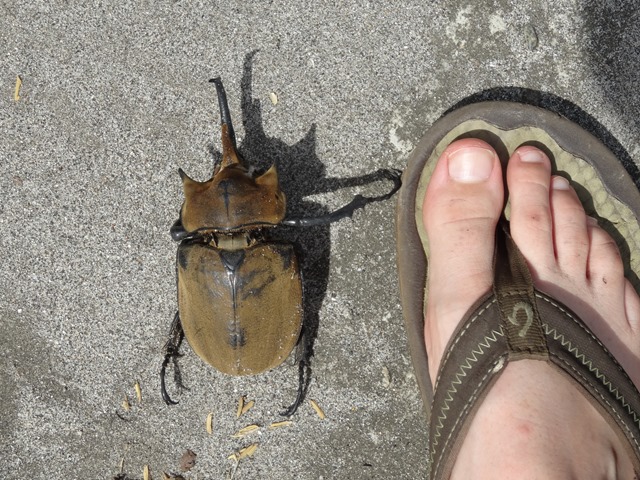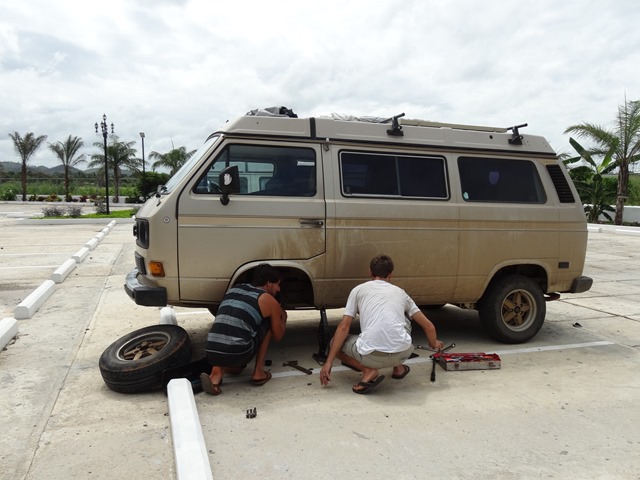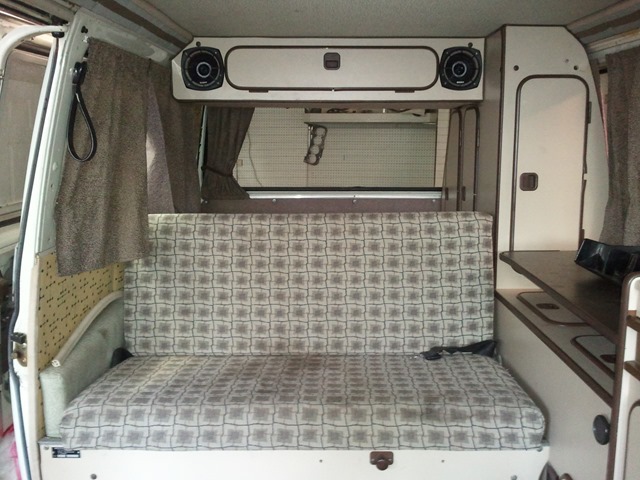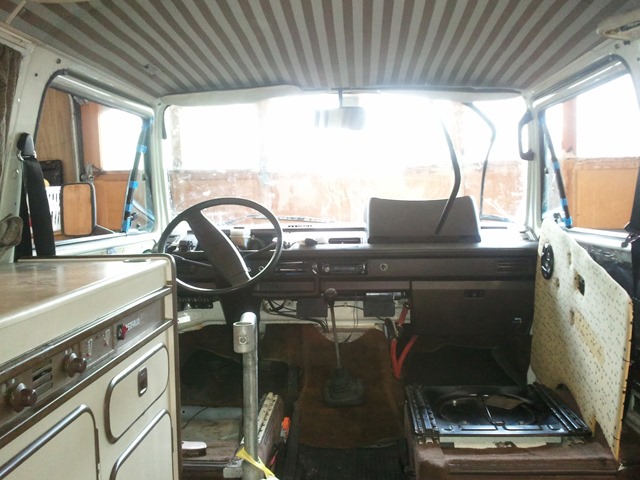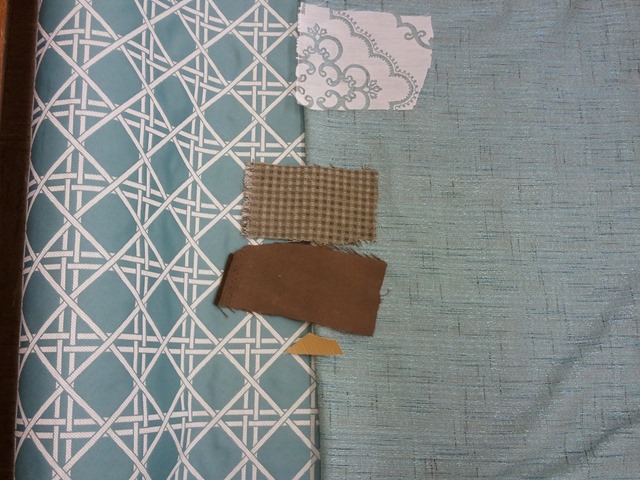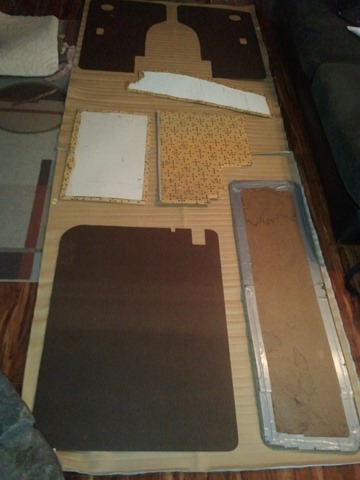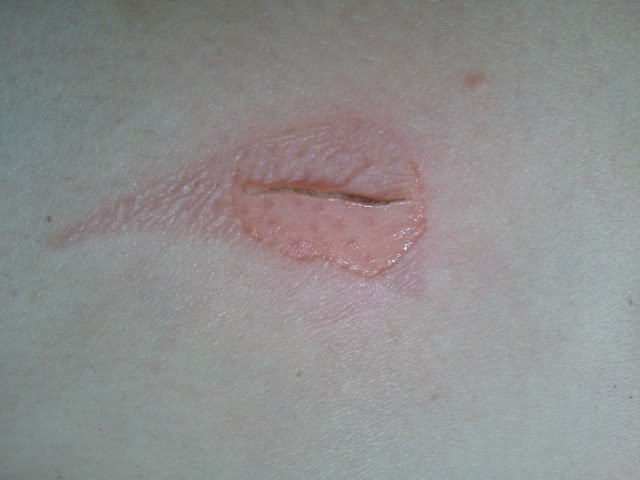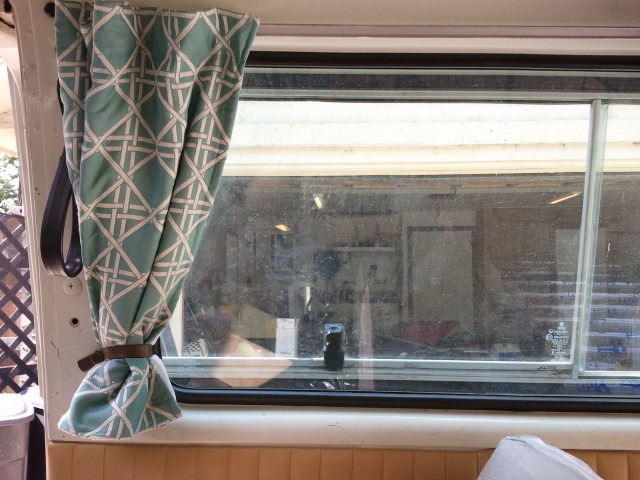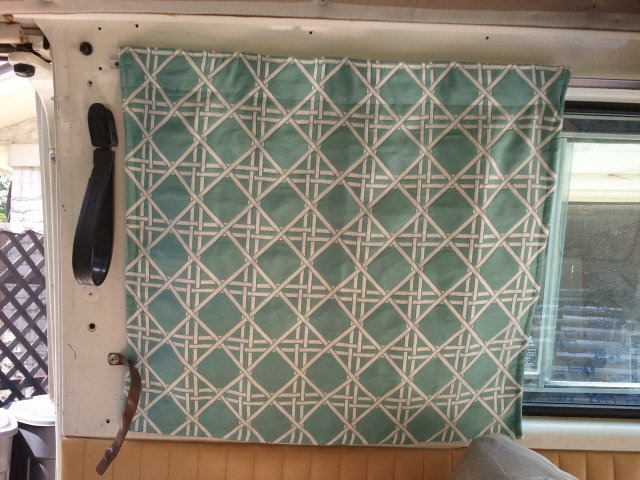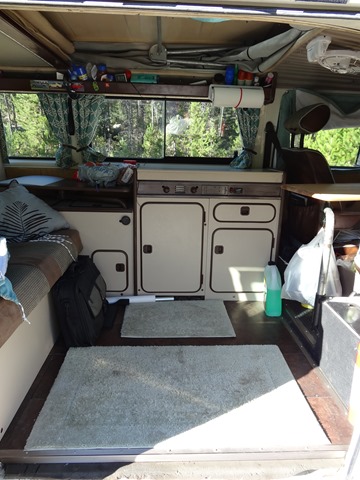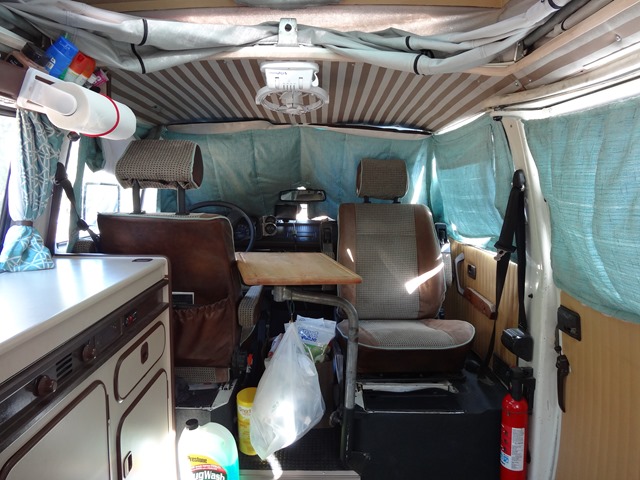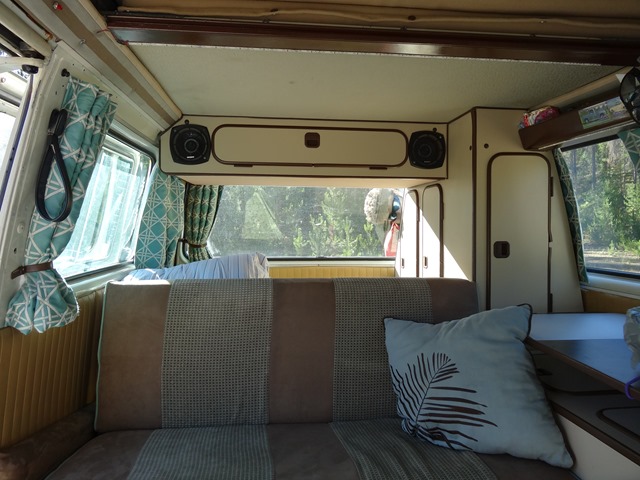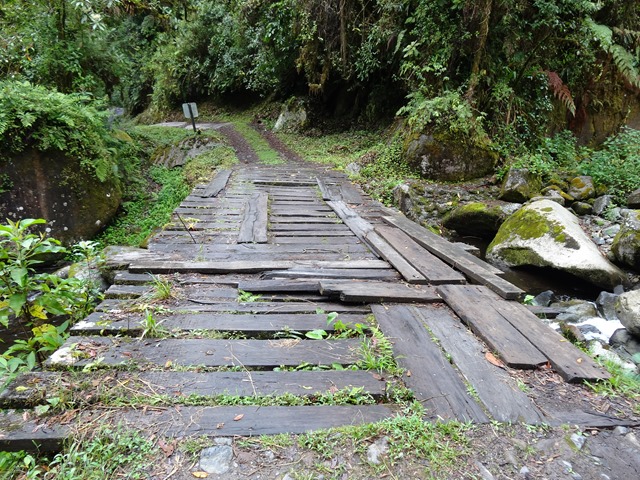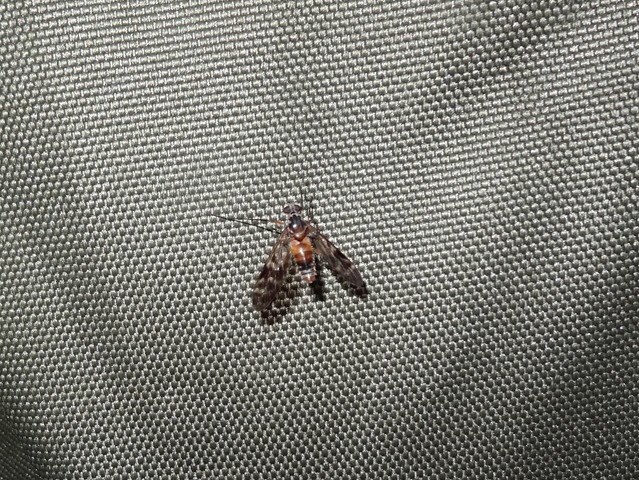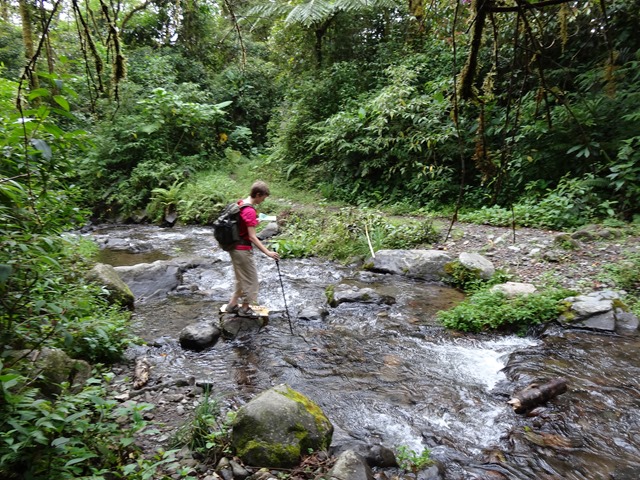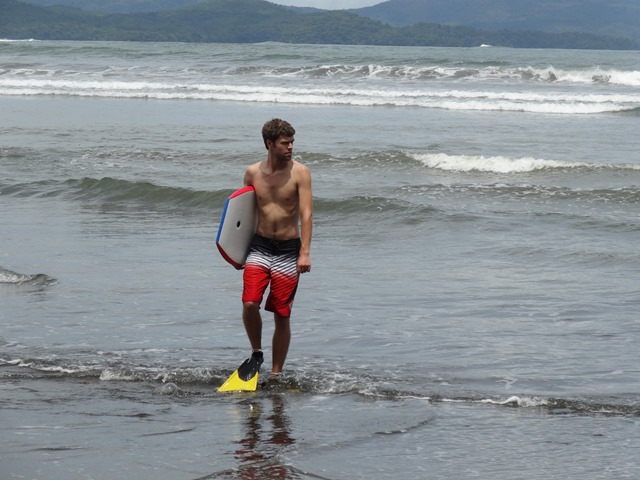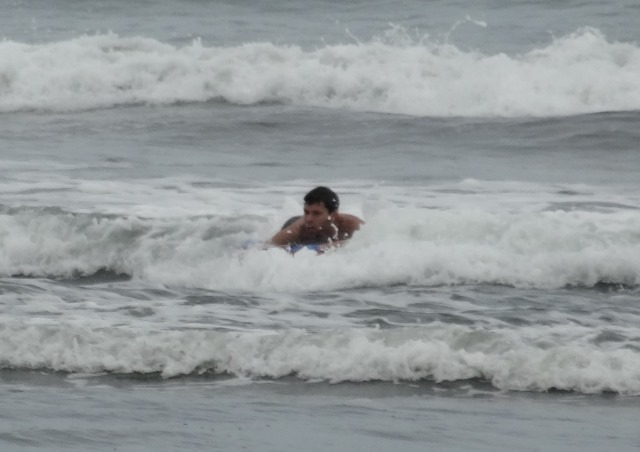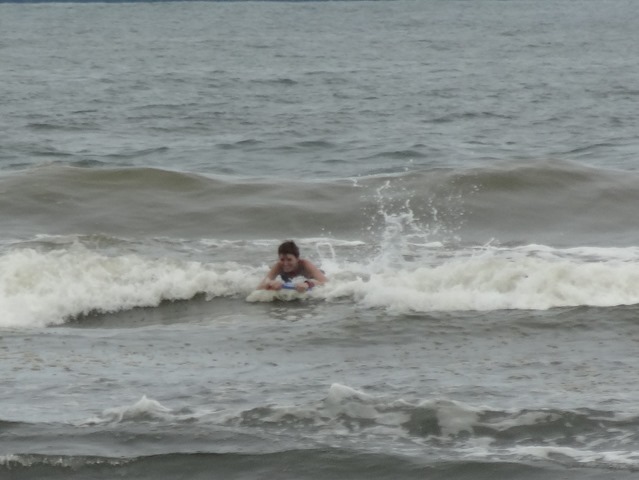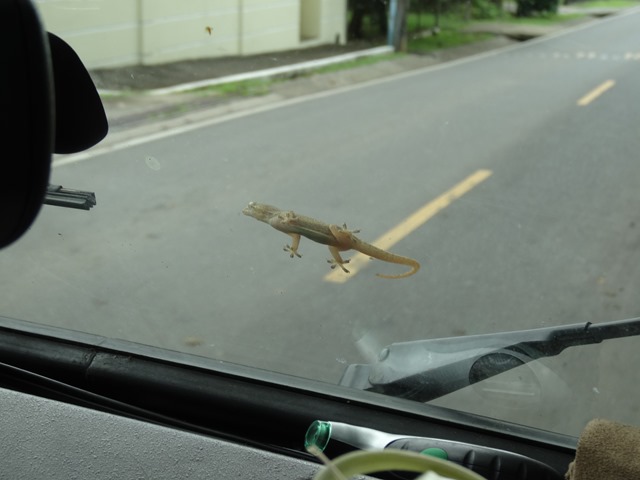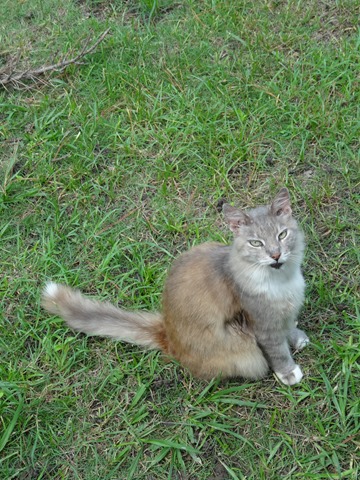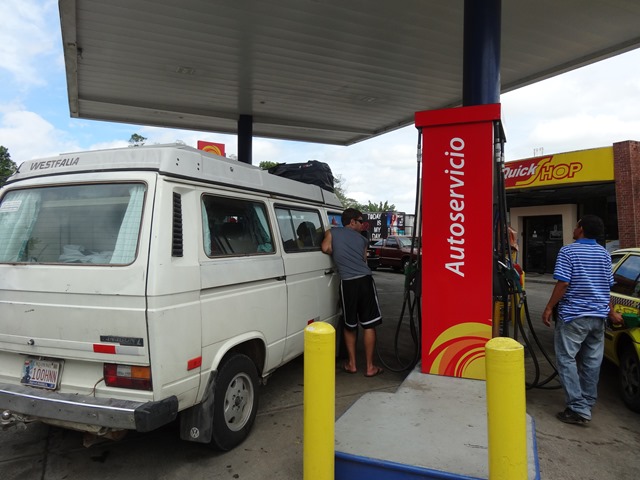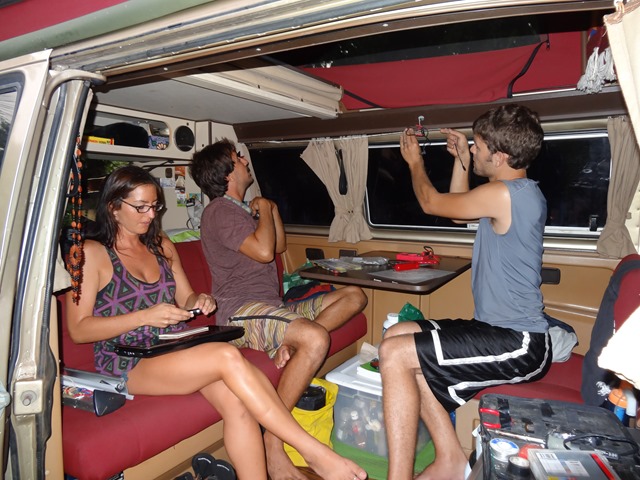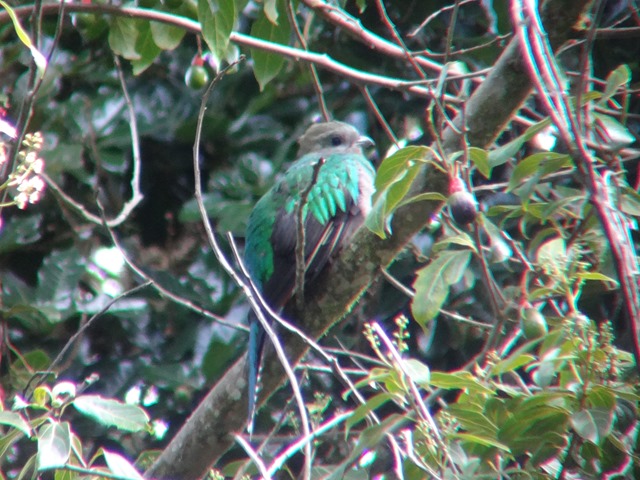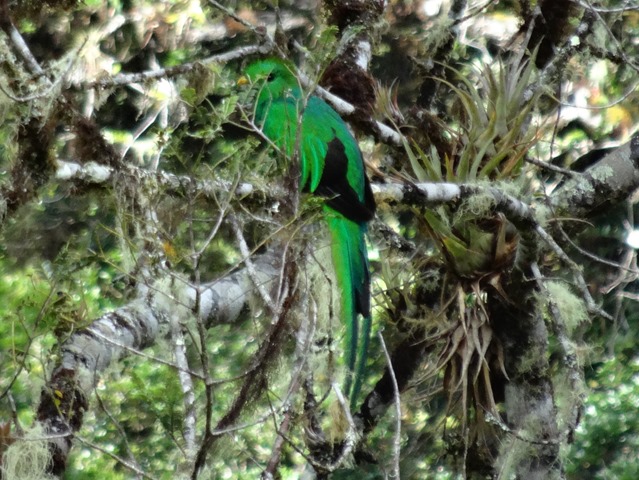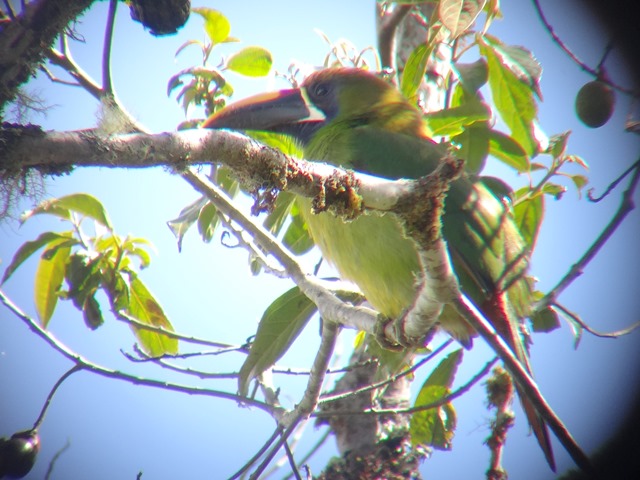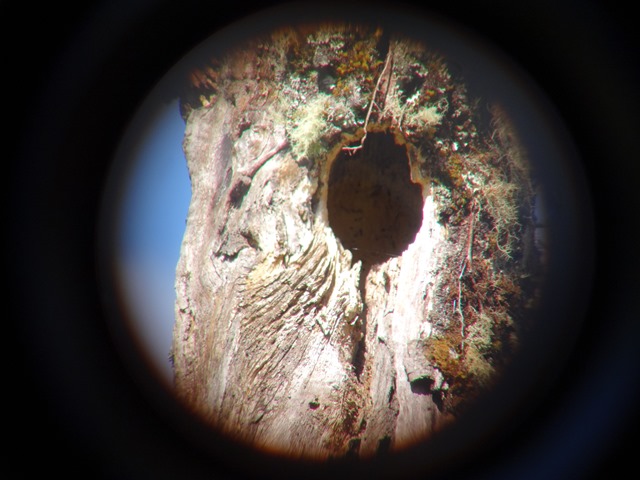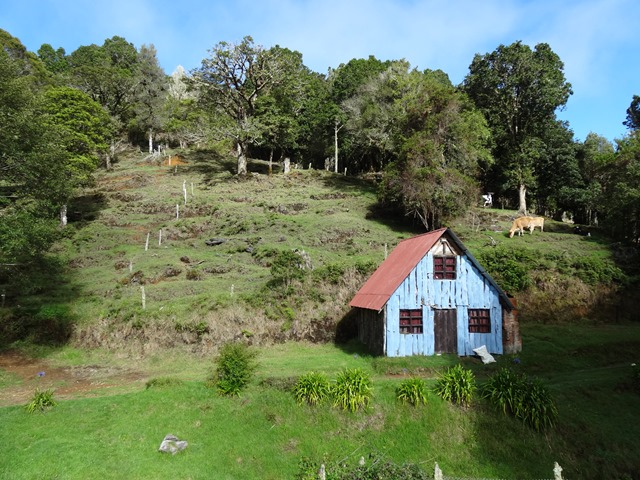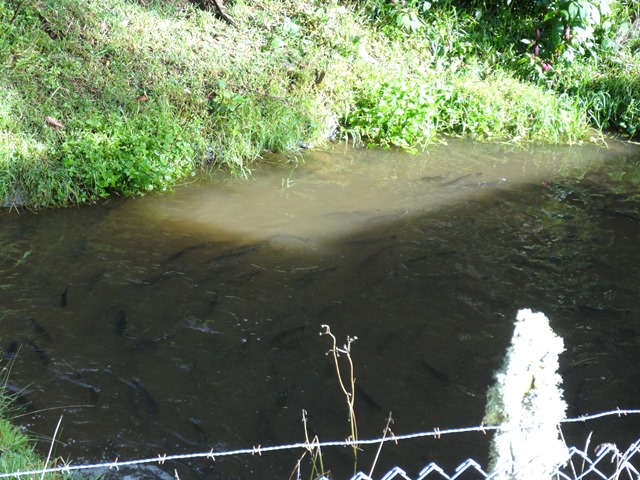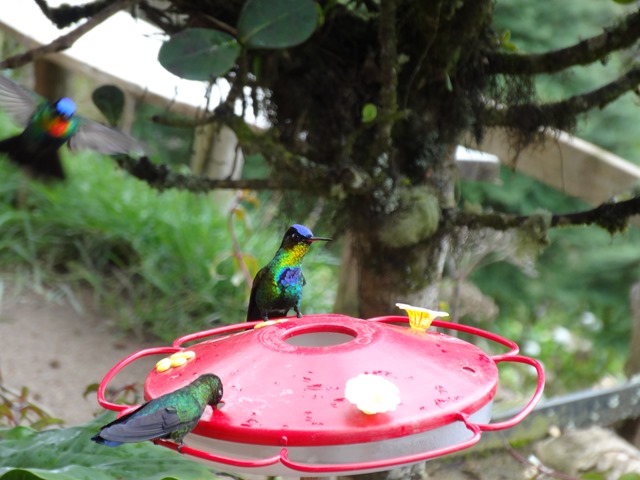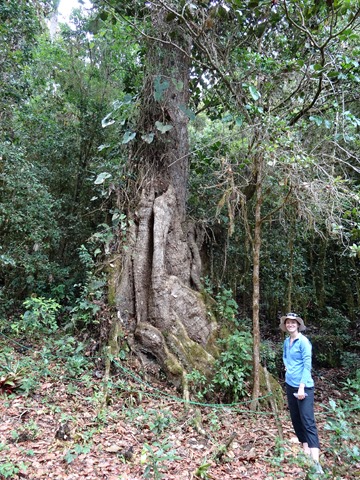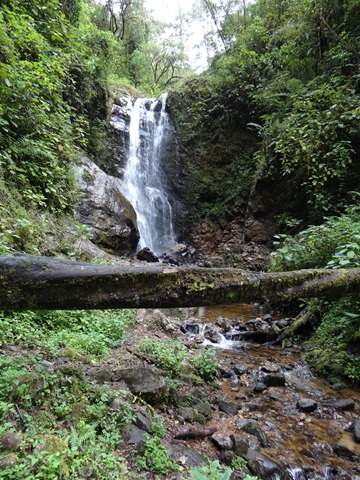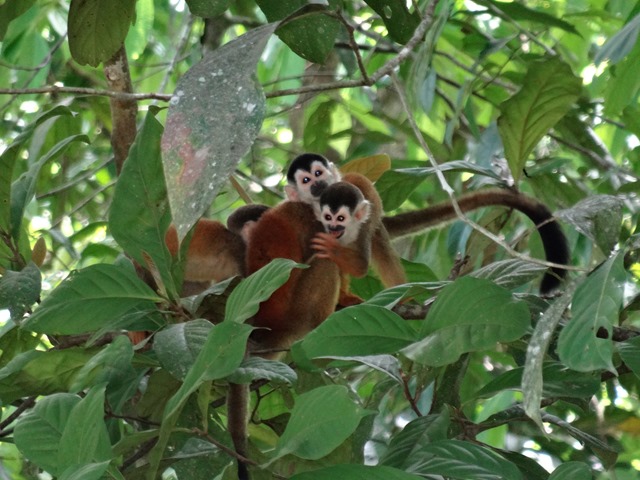Saturday
We left early and headed to the border. On the way, we spotted some wildlife.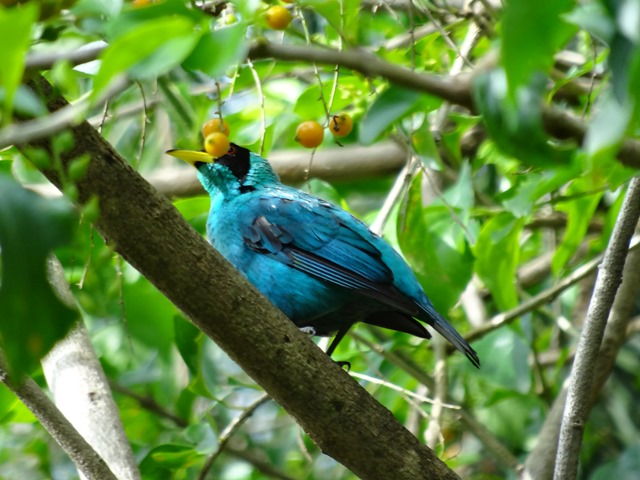 When Jonathan stopped to lubricate the suspension bushings under his seat (they were being noisy), this pretty little guy came to check us out.
When Jonathan stopped to lubricate the suspension bushings under his seat (they were being noisy), this pretty little guy came to check us out.We were quite the distance from the border, though, so regardless of whether we stopped for lunch we would end up at the border at the busiest time (10:30am-1:30pm when all the busses arrive). Therefore, we decided to grab a bite to eat from the McDonald’s in Liberia. I was thinking Jonathan could enjoy one of his favorite foods—fries. However, it just wasn’t to be. We arrived at 10:30am for lunch (when you wake up at 5:30am, you feel like eating lunch by then), but they were still serving breakfast until 11am. We settled for a McPinto Deluxe breakfast meal without eggs. It was a pretty pathetic meal as McDonald’s doesn’t do rice and beans very well, nor did they have salsa or cheese to flavor the meal. At least the fried bananas were tasty.
When we finally arrived at the border, we learned why you avoid the 10:30am-1:30pm time frame. Several busses had unloaded already and the line was out of the building and twisting around under the awning. It was going to be a long wait and I had to pee… Oh joy. After standing in line for a few minutes without it moving, I had Jonathan go retrieve my phone and the Kindle so we could at least entertain ourselves while we waited. I read book 5 of the Dresden Files, a much more pleasant pastime than standing in line. When we were about 2/3rds through the line, I spotted a restroom in a convenience store that was built within the immigration building. Hallelujah! When I went in, they had no toilet paper, so I ran out to the van to get some. Strangely, when I came back, the door was locked (not a single stall, but a multiple stall bathroom that had no business being locked). Apparently, they have to buzz you in. Finally successful in relieving myself, the rest of the wait was much more pleasant.
When we finally entered the building, the guard at the door said something about line 3. I thought he was saying to get in line 3, but apparently he was saying not to get into it. Because right after the agent serviced the person in front of me, she closed up shop, and we had to relocate to another line. Then, when we were next in line to be served, an elderly couple and another older lady cut in front of us. Can you tell it is going to be a long day? The couple was sent away to fill out forms, but the older lady was serviced before us. Then when we finally got to the window, on the other side a police officer needed some forms filled out by the agent that was supposed to be attending us. At least when you know it is going to be a long wait and you settle down for the long haul, these interruptions aren’t too bad. Finally stamped and processed, we asked were we needed to go to cancel our vehicle permit (as I mentioned previously, there are very few guides on passing the borders going northward). He said to go to aduana behind the immigration offices.
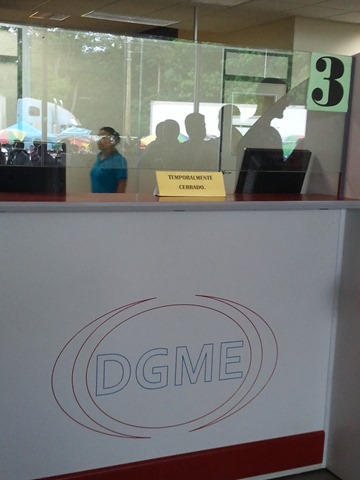
We made our way over there and asked the customs agent. He said that we needed to go the other aduana (yes this is the border with the two aduana buildings), get a copy of the permit and then take it to the customs agent who would cancel it. Since we didn’t have to get a copy when we went to Panamá, I was suspicious about this and thought it wouldn’t hurt to ask the next aduana official when we go to the other aduana. He said the same thing. We walked back outside and went to the copy place. The cost was ₡50 ($0.10). I had tried to get rid of all my Costa Rican money by grocery shopping and filling up with gas before we crossed the border as I didn’t think I would have to pay anything here. I asked if they accepted US cash, and she said only bills, which she didn’t think she would be able to do. Finally, I found a spare coin I had tossed in my purse to give her. We walked back to the aduana, gave them copy and permit. They were stamped and we were given the copy back as a receipt, I guess. We were finally free to go to Nicaragua.
I had expecting the entry process at this border to reflect that of the entry process in Guasaule. I was very much disappointed. Instead, it very much reflected the exit procedure at this same station. After we paid our $2 of entry taxes and $12 each for visas and stamped passports (long lines repeated from the previous station), we started odd process of collecting signatures for the vehicle permit. This time we also had to pay $5 vehicle tax. Sigh, this border is ridiculous and costs $7 more than the northern entrance to Nicaragua. We were finally free to make our way down to San Juan del Sur.
Following the path to the GPS coordinates, we couldn’t quite find a way to get to the exact location and didn’t have a name. So instead, we ended up camping at Matilda’s and paying twice what I had expected. To rub more salt in the wound, we had to go a very round-about way to get to the bathrooms, since he locked the gates. At least the beach was pretty. While trying to take a picture of Jonathan, a wave ran up on me and took one of my flip-flops. I tried to watch for it to come back up and get it, but it didn’t reappear. Then, I happened to look down the beach and see it had washed up 50 feet down the beach. Yay!

Sunday
We decided to head to Volcán Masaya for the day and camp. We got there with plenty of daylight left, so we thought to explore. However, everywhere we turned, you either had to have a paid guide or the trail was closed. Literally, there were only two things you could do with the park admission: 1) spend 20 minutes at the Plaza de Oviedo and look at crater, or 2) visit the visitor’s center. And, the one thing that I wanted to do (a night tour), I couldn’t because I hadn’t booked in advance—but I knew that going in. The park’s theme is “Mas que un Cráter”—“More than a Crater”—but really with all the restrictions they have, it really is only a crater. All-in-all, I would warn you not to expect much from the Volcán Masaya park, unless you can arrange a night tour.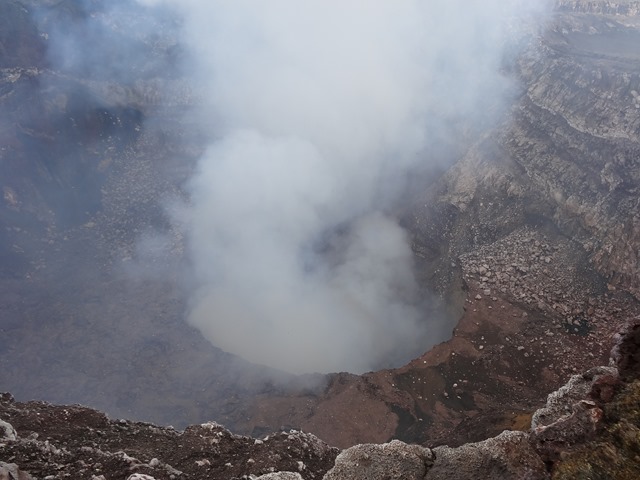
We spent the rest of the day just resting and doing miscellaneous things. Towards the end of the park day (closes at 4:45pm), we started to collect a crowd of men interested in the van. They thought it was fantastic and started taking pictures. I went out to talk to them, but they had apparently mostly dispersed by then.

When I decided to make baked oatmeal so that I would be able to have it for breakfast the next few mornings, I discovered that my silicone bakeware had mold and mildew on it. I guess the fridge had been condensing underneath, which allowed enough water buildup to create a mess. So I spent quite a bit of time cleaning and disinfecting. I put a dehumidifier in there. Hopefully it will help. Jonathan said he would insulate it better when we got back to the States.
